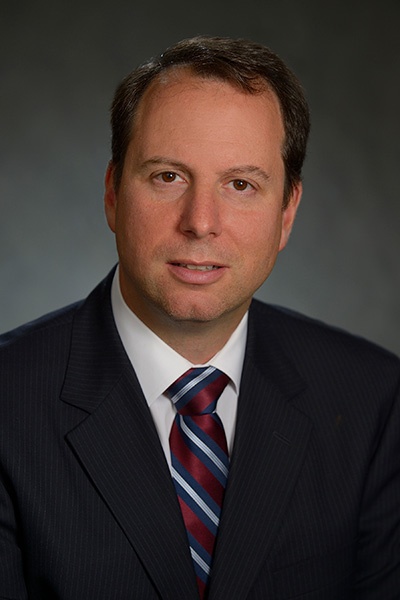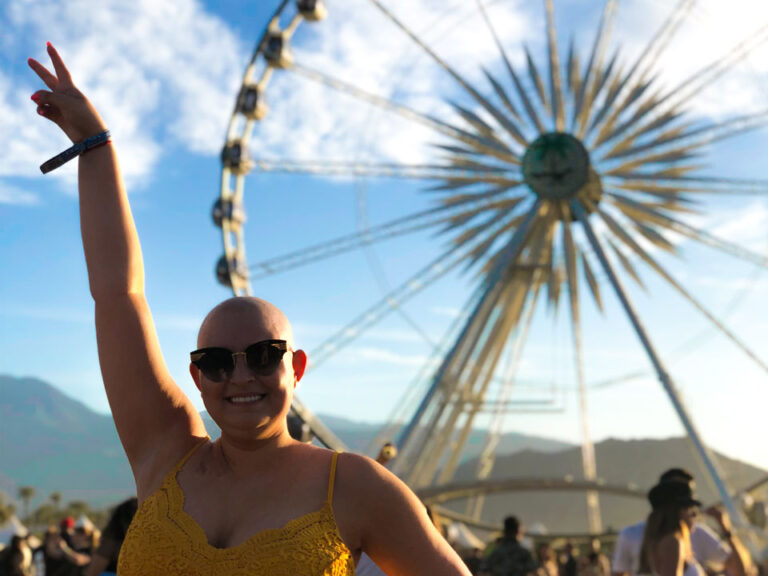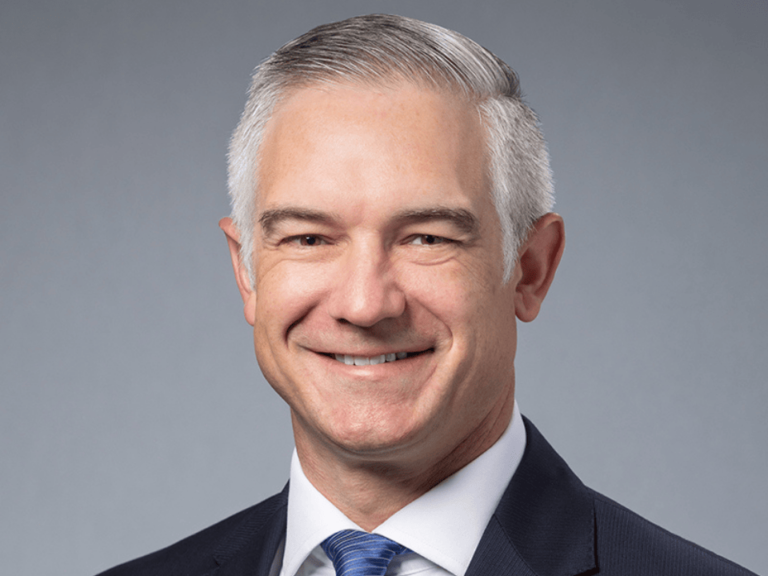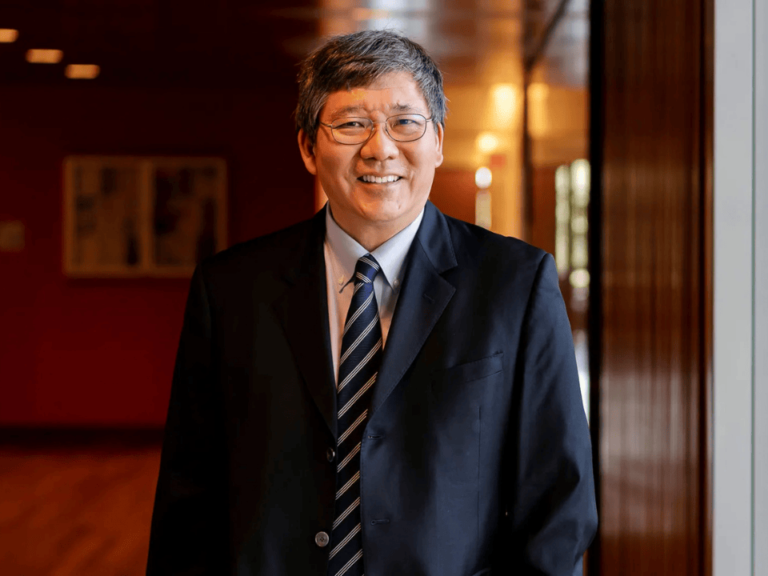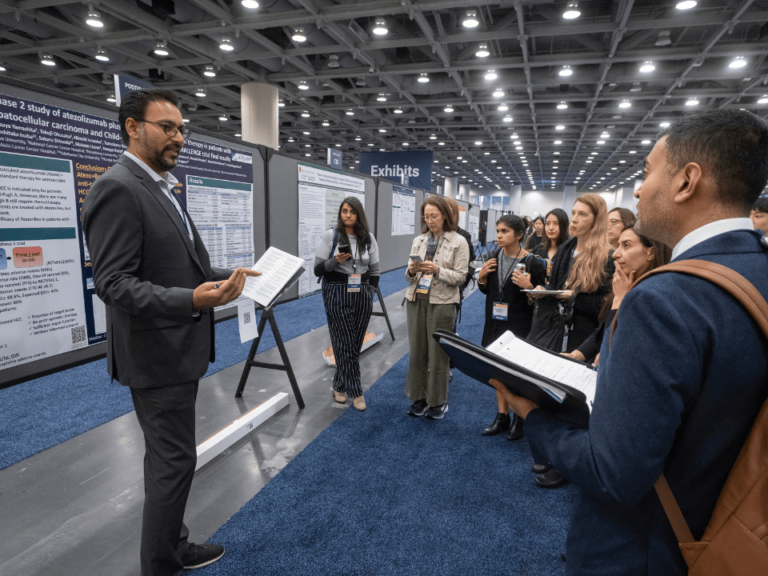The University of Pennsylvania was planning a short-term trial for robotic mastectomies, but after an FDA advisory, investigators decided to revise that protocol to include assessment of cancer-related outcomes, said Ari Brooks, director of endocrine and oncologic surgery, director of the Integrated Breast Center at the University of Pennsylvania Health System, and professor of clinical surgery at Penn Medicine.
“I’m not doing anything until I have an FDA Investigational Device Exemption. I’m not doing it until there’s consent and it’s IRB-approved,” Brooks said. “I’m not doing it. I’m not screwing around.”
Brooks had originally written a trial protocol that would assess 30-day outcomes of prophylactic robotic mastectomies for patients with BRCA mutations. His study isn’t funded by industry.
On Feb. 28, FDA issued a safety advisory, indicating that device manufacturers looking to market surgical tools for use in the prevention or treatment of cancer may now be required to study long-term oncologic endpoints in surgical trials “for time periods much longer than 30 days” (The Cancer Letter, March 1).
“We asked how we’re going to do this after the FDA advisory, and well, we’re just going to have to tell the patients we have to follow them after surgery for 10 to 20 years,” Brooks said. “And that’s what we’ll do.
“In the Basser Center for BRCA at Penn, they’re followed anyway, because they have the BRCA gene, so we’ll follow them. We’ll follow them for 10, 20 years, it’s okay.
“I don’t have a problem with that. And, you know, it’s right. It’s a good thing, really. They shouldn’t just study patients for 30 days.”
Brooks spoke with Matthew Ong, a reporter with The Cancer Letter.
Matthew Ong: How did you learn about robotic mastectomy, and what led you to design your protocol?
Ari Brooks: Back in 2017, there was a presentation at the London breast meeting. I didn’t actually go; my plastic surgery buddy went. And Benjamin Sarfati, from France, was presenting his video about the robotic mastectomies he was doing. There are two centers—one in Paris, and one in Milan, with Antonio Toesca.
So, I actually just emailed Sarfati and asked if I could go, and I just went. The hospital didn’t pay. Intuitive [Surgical] didn’t pay. I just wanted to see for myself, because I was having a hard time understanding why.
Yes, we could do it, but why? Actually, I didn’t even know how you could do it. I had gone to Intuitive with Dr. Suhail Kanchwala, my plastic surgeon, just to help out with the development of the robotic flap, and they told me, “Oh yeah, there’s this robotic thing going on,” and I just couldn’t figure it out.
Anyway, I went to Paris and watched them do one, and I was blown away. It’s a difficult case for us—a nipple-sparing mastectomy can be a very hard case, because you’re trying to do it cosmetically, you’re trying to keep it to a tiny hole, and your visibility’s terrible. You’re working with a lighted retractor and a really long bovie (cautery), and you’re trying to see. It’s not great.
When he put in the robot after mobilizing the skin off the breast using tumescence (saline injection and scissor dissection from a distance) he put the robot in, and it was amazing. He has 3x magnification, he can use other instruments and pick up the bleeders and stop the bleeding, he can see if something is hanging down that should be included with the mastectomy specimen; he can you know, see the tissue planes far away from the incision much better than we ever can when we do a regular, open nipple-sparing procedure.
So, that was amazing. And then, when he got the breast out and the breast comes out in one piece from the incision that he makes—and the incision is further from the nipple than I would make—but it comes out, and looks just like my specimens, nothing different, and he’s not morcellating or anything like that.
Then, the plastic surgeon will take over. He literally inserts an implant and it’s already, the breast is already breast-shaped, because he hasn’t divided the muscle, the nipple’s still there, the attachments of the skin to the cleavage and to the curve under the breast, all that’s still there, and the incision is far away, and so he just throws the implant in there, and he sews up the incision that’s a mile away from the implant.
He doesn’t have to worry about infection. He doesn’t have to worry about sticking it behind the muscle, and then the patient wakes up and she’s got no pain and cosmetically, it’s beautiful. So, I saw that when I was there, and then I became kind of a believer. So, now I understand why.
Anyway, soon after, the papers came out in the New England Journal of Medicine about early-stage cervical cancer, and there’s a survival difference and that’s crazy. I was blown away by that.
So then, I’ve been writing a protocol, and I talked to Intuitive Surgical about funding, and they said they didn’t want to. I actually was happy, because their contracts take so long and they would want to own the data. This way I can be an independent investigator.
As you may know, Intuitive is funding a multicenter trial with MD Anderson Cancer Center, Northwell Health Long Island Jewish Medical Center, and two other sites in Chicago.
AB: Yes. I talked to them before, and they said they would consider me, but they hadn’t decided, so they told me they didn’t want me—I was like, “No problem.” So, last year, I wrote the protocol myself. I asked to borrow their protocol to see if I could match the same dates and data points that they’re collecting in the same surveys.
I’m sure they won’t enroll enough patients, and eventually, in order to get the paper out, you probably want to get a larger N. So, I’m structuring the study so my patients can be included.
How did the Feb. 28 FDA safety communication affect your protocol?
AB: It hasn’t been submitted yet. As soon as the FDA announcement came out, I got some emails asking me to start having some meetings with the leadership of the hospital to find out how to move forward.
Basically, I get it. My study is written; it excludes cancers, so it’s all prophylactic. We do a large volume of prophylactic mastectomies here because we have the Basser Center.
For BRCA patients?
AB: Yes. But I don’t have buy-in from anybody yet. That was my intention, to do only prophylactic, that the first trial would probably be 20 patients, maybe 30, because that’s the learning curve. And it would be all just looking at cosmetic and satisfaction and that’s it. And that was the study.
We asked how we’re going to do this after the FDA advisory, and, well, we’re just going to have to tell the patients we have to follow them after surgery for 10 to 20 years. And that’s what we’ll do.
Right, because we’re talking about prophylactic surgery, not cancer surgery.
AB: Yes. In the Basser Center for BRCA at Penn, they’re followed anyway, because they have the BRCA gene, so we’ll follow them. We’ll follow them for 10, 20 years, it’s okay. But that’s number one.
Number two, the Italian study is enrolling patients with cancer, and looking at ClinicalTrials.gov, it’s looking at mostly cosmetic stuff, but they are randomizing minimally invasive vs. open nipple-sparing. I think that’s a very worthwhile thing and it’s something I’d like to get to, but obviously, I have to get good enough at this in order to be able to randomize.
Otherwise, it’s going to be crappy new surgery vs. good old surgery, so.
Is this the study led by Dr. Toesca, with long-term cancer-related outcomes as secondary endpoints?
AB: Yes. A couple of years ago, he published his first paper on feasibility and all that. In this study, he includes cancers. The actual enrollment is 82 participants right now. Number one endpoint is patient satisfaction, one year. Average length of stay, one month. Post operative complications, one month.
Okay, here it is. Cumulative incidence of local recurrence, five years. That makes sense, with a cancer study. Cumulative incidence of axillary occurrences, five years, and cumulative incidence of distant occurrences, five years. The survival rate—disease-free survival and overall survival—all that is done in five years.
Anyway, that’s what I want to do, too. I’ll try to match up, so that our data can be combined. But, I’m not doing that first. My first priority is going to be getting good at it.
Have you performed any robotic mastectomies outside of an investigational setting?
AB: I have not. Absolutely not! No. I’m not doing anything until I have an FDA IDE. I’m not doing it until there’s consent and it’s IRB-approved. I’m not doing it. I’m not screwing around.
I get it. At a hospital up north, they’re like, “Oh yeah, we’ll take anything out with a robot.” We don’t learn anything from that. So, no, it has to be done as a study.
So, your protocol initially was designed to evaluate 30-day safety and effectiveness, and when FDA issued the safety communication, you decided to include long-term oncologic endpoints?
AB: Yes. I conceded that with these patients, we have to follow them long term. So, we will. I don’t have a problem with that. And, you know, it’s right. It’s a good thing, really. They shouldn’t just study patients for 30 days.
Are you planning on submitting the data to FDA? Meaning, are you looking for the agency to approve the use of robotic surgical devices in mastectomy?
AB: I don’t care if the FDA approves it or not. I want to do the study and I’m not sponsored by Intuitive. They would love to get labeling, but I don’t care.
I wrote and prepared an IDE for the FDA so they will be able to get my data, we’re going to collect it under current FDA guidelines. They can look at the data and decide if they support it or not.
If it’s a long study, it’s a long study. I’m not that old. I’ll be around when it’s done.
We have the whole center for FDA trials here at Penn. We’ll participate, and if FDA uses our data and they approve it, great. But if they don’t, okay, then maybe we’ve done a good thing.
I don’t know the Italian study design as far as how they’re going to do their follow up, but in general with mastectomies, you just examine the patient every year. It’s not hard, because, if there’s a recurrence, you check under the skin, and you could do imaging in people—when we do any other mastectomy, we’re not doing imaging to follow up. We’re not doing ultrasound. We don’t need to.
Plus, patients that are enrolled in this study, at least in the first one, the breasts would be pretty small, so it will be very easy to examine them. Toesca’s study says it will include A, B, C, D cup sizes, and that’s really big. I cannot imagine doing that.
So, robotically, I’m not planning to do larger and larger breasts.
How many patients are you aiming to enroll?
AB: The Italian study says there’s 82 enrolled. That’s a pretty high-volume center. And we actually have a high-volume center, too, for mastectomy—not at their rate—because of our Basser Center. I think we can enroll. I doubt we’ll get to 82 in a year, but I think we can enroll in this trial without a problem.
Has Dr. Toesca published preliminary results from his trial?
AB: Not from the randomized trial yet. You can see he’s published a couple other things recently, and when they’re done with enrollment, he’ll give us the one-month follow-up on those endpoints—the cosmetic satisfaction and all that.
Then, you’re going to have to hold your breath for another five to 10 years to get the data for the recurrences and other oncologic endpoints.
Which means, to date, there are no data on long-term cancer-related outcomes.
AB: No, there isn’t. There’s nothing. The study needs to be done. A cancer center or a high-volume center needs to do this study. We have to show it’s good or it’s not good.
Otherwise, we would still be doing radical hysterectomies for early-stage cervical cancer patients with the robot. Now we know that’s probably not a good idea, and we’re not doing it.
Did we miss anything?
AB: No. I strongly, strongly believe that our academic institutions need to lead these studies. I think we should not avoid these studies because of the fear that something bad could happen. Until you study, you don’t know.
Right, even if these studies are expensive, difficult and take a long time to conduct?
AB: Yes. If it’s a long study, it’s a long study. I’m not that old. I’ll be around when it’s done.


